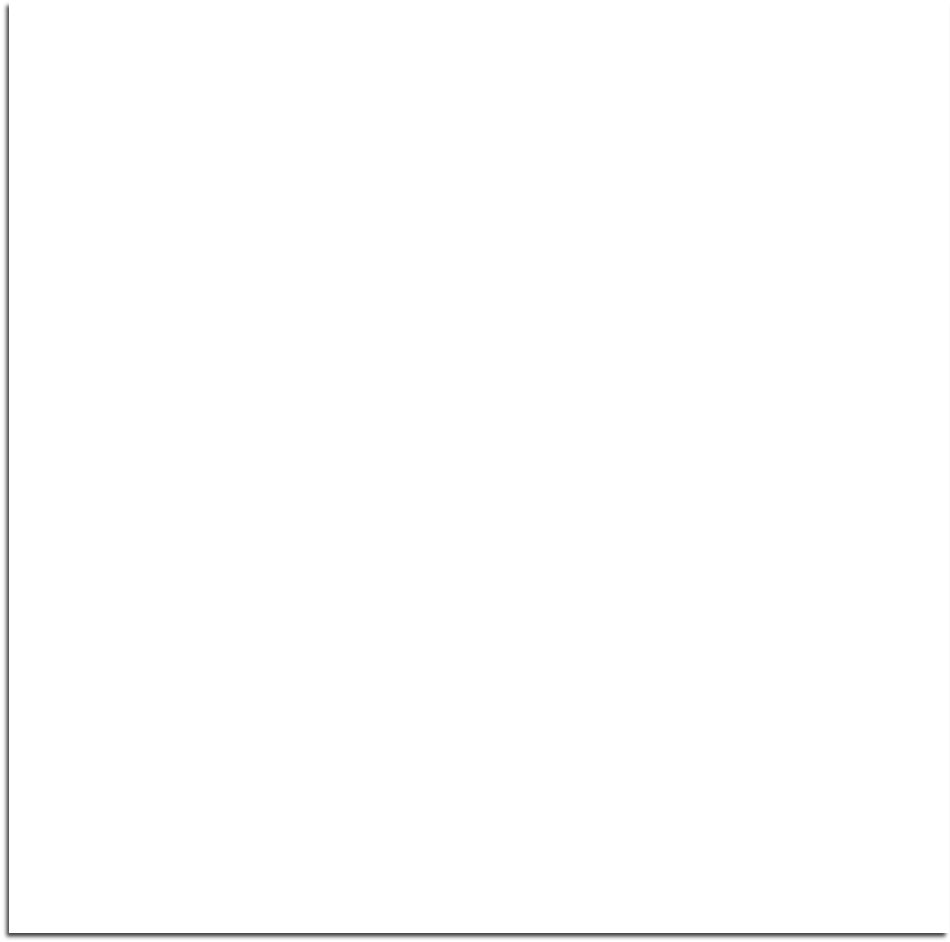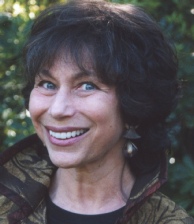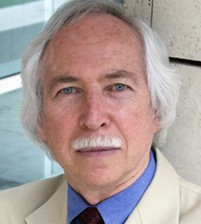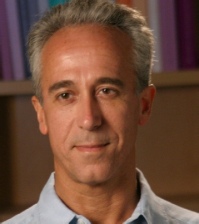

As Alice learned, it's not always clear what's a looking glass, and what's a window to another world. Mirrors and windows are often interchangeable: we look out into the world, and see ourselves reflected back. We look at a reflection, and believe it's showing us a world beyond. We internalize the mirror image and project the one inside. Objects, actions and ideas can become so confused with their reflections that it's impossible to untangle them. What's phantom and what's real? Is there even a relevant difference?
November's Categorically Not! will explore mirroring in religion, neuroscience, and
photography. Mirror neurons turn the mind into a looking glass, firing in the brain
when we see someone perform, as well as when we perform an action ourselves. This
inherent organization of the brain contributed to how we came to develop language
and social groups, learn a skill, and empathize with others. UCLA neuroscientists
Bruce Dobkin and Marco Iacoboni will bring us up to date on exciting new discoveries.
For photographers, reflections can be a nuisance, but poet and artist Janet Sternburg?
who is celebrating the publication of her new book Optic Nerve: Photopoems? uses
them to create a multi-





| Borders & Boundaries |